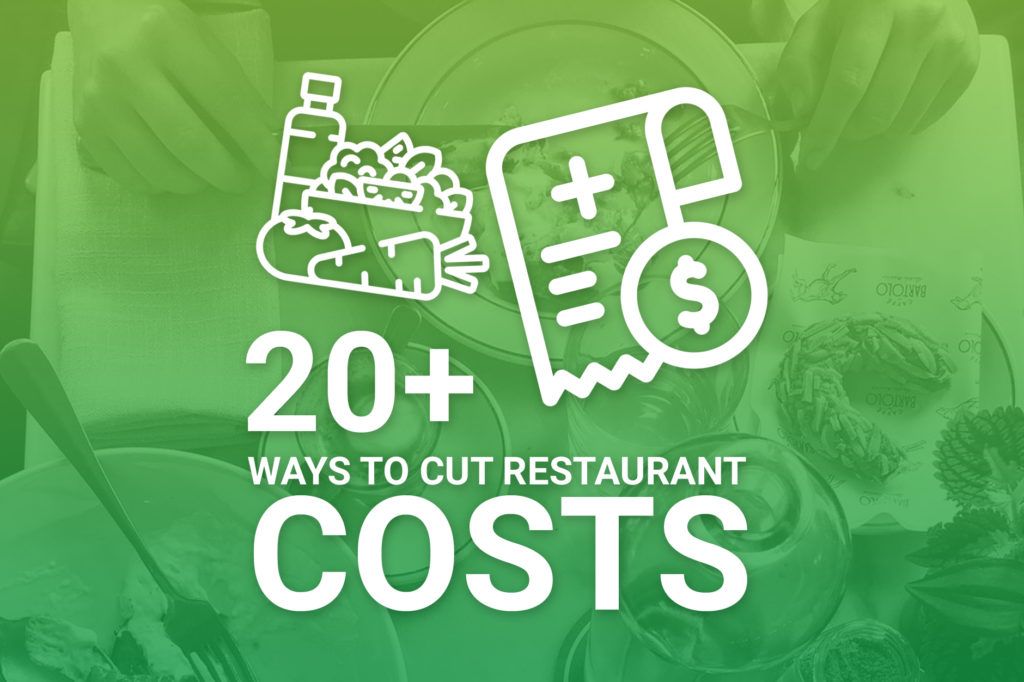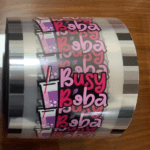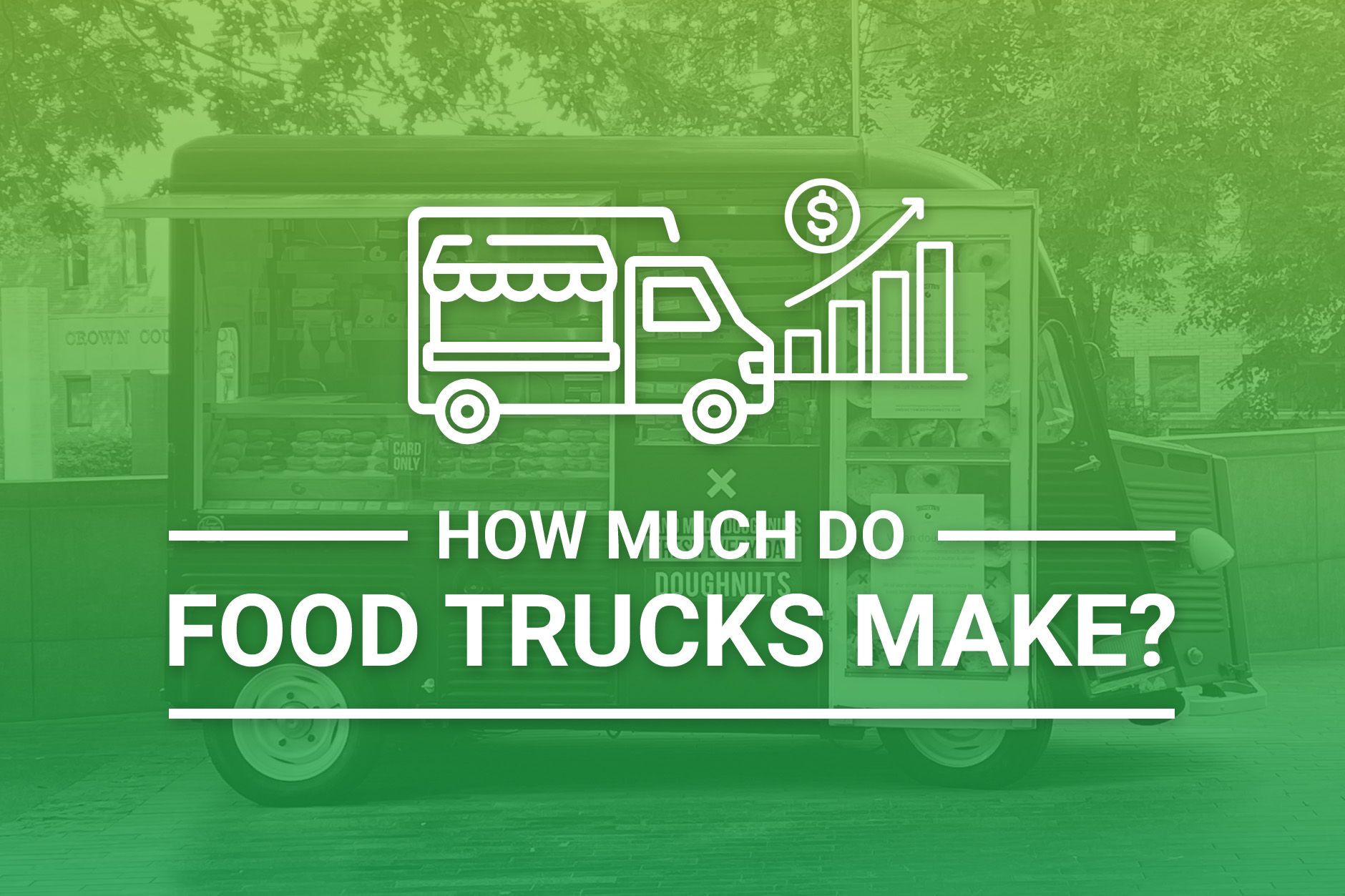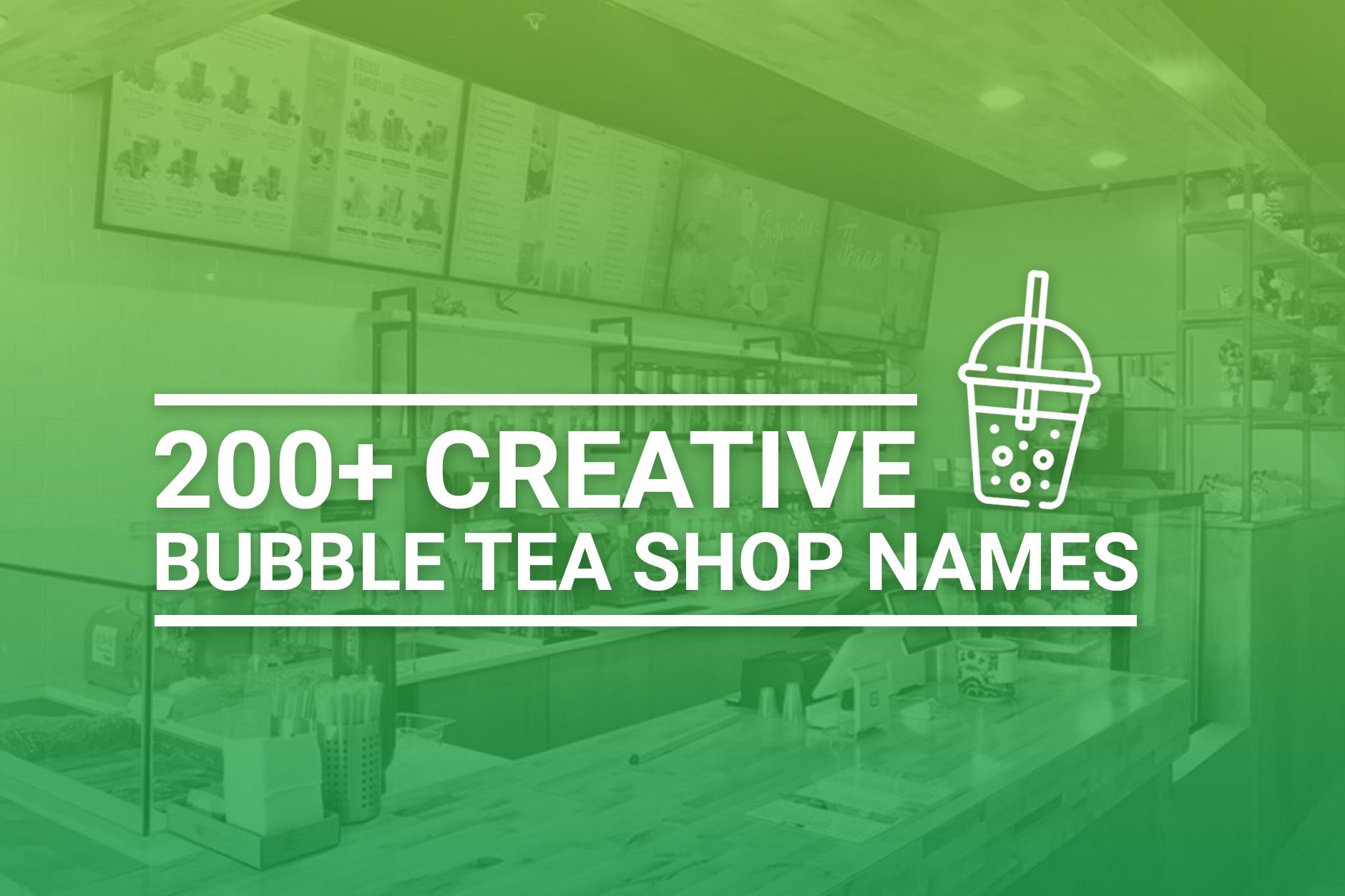The COVID-19 pandemic has caused significant hardship across the United States: millions infected, and record levels of unemployment. While most industries have been affected by this health crisis, the food and beverage sector has been hit particularly hard. Closures of in-person dining, restrictions on operations, and the need to provide personal protective equipment has led to a sharp decrease in profits — while expenses have sharply increased.
If you own a restaurant, you are probably considering ways to trim your budget to survive. By taking some basic steps, you can significantly reduce your costs. Below, we outline 21 different ways that you can streamline your expenses to ensure maximum profitability — while maintaining quality.
1. Reduce Excess Inventory
Restaurants need to have a certain level of inventory in order to function properly. Yet many businesses overbuy, whether for convenience or simply because a good deal came up. Reducing the amount of inventory on hand to what you need will limit waste and spoilage.
Take some time to evaluate your inventory levels, and determine how much you will really use between deliveries. Add in a bit extra for a safety net, and place your order. Having less inventory on hand will also tend to motivate staff to do a better job of handling and portioning out products, as they know that there is a limited quantity available.
2. Make the Most of Your Products
When it comes to menu design, many restaurateurs focus on choosing dishes that are exciting, seasonal, or ones that will appeal to a large number of people. These are all important considerations. However, you should also look for ways to maximize the use of your inventory.
Most dishes involve some level of trim and byproduct from meat, produce, and other items. Sit down with your chef and figure out ways to use those scraps to create new dishes for your menu. For example, onion skins, carrot tops, chicken bones, and celery leaves can be saved to make an incredible broth or stock. While you may not typically spend the time or energy in using every last bit of food, reducing waste in this way can be a great way to cut costs.
3. Do the Math for Each Menu Item
After figuring out ways to be more inventive with your product, it is time to calculate your food and drink costs. This is something that most restaurateurs do before putting an item on the menu, or when they first open their doors. Yet it is important to keep an eye on these numbers and recalculate when necessary, particularly when margins are lean.
To make these calculations, add up the cost of the ingredients in a given recipe. If the dish can be split into multiple portions (such as a soup or stew), divide it by the number of servings to arrive at a portion cost. Otherwise, the cost of the ingredients is considered the cost per serving.
Once you have this number, check it against your menu prices. Have your product costs gone up, leading to a profit loss? Is there any way that you can adjust your menu to ensure that you remain profitable? Are there items that should be cut because you just aren’t making enough money on them? Doing the math for your menu can be tedious — but it is a good way to cut costs.
4. Track Sales
Many restaurants have a program in place that allow business owners to track sales. Whether you have this type of system in place or need to start it, take advantage of this information. If you have an item on your menu that isn’t selling well, remove it. This will not only help to keep your food costs low, but it will also reduce food spoilage and waste.
5. Reconsider Your Ingredients
Fresh, local food is more than just a trend at this point — it has become a popular selling point throughout the country. Buying whole foods can often be less expensive than buying something that is processed. However, if you have to pay your staff to break down those ingredients, it can cost you more over the long run.
For example, buying whole chickens from a local farm may be cheaper than purchasing chicken from a processor. But unless you are serving whole chickens, it will take time for your kitchen staff to cut and trim that bird — and that time equals money. Instead, it may make more sense to consider other options, like frozen chicken breasts, to cut down payroll costs.
6. Use Software to Make Tracking Expenses Easy
For many businesses, buying software seems like an expensive — and possibly unnecessary expense. Yet the reality of running a restaurant means that few owners and managers can devote the time and energy necessary to truly keep track of every penny that is spent.
A software program can simplify the process by integrating inventory management, recipes and sales data along with payroll costs and other operating expenses. While it may be a big upfront cost, it will save you money in the long run by allowing you to see exactly where your money is being made — and where it is being spent. It will also free up your time so that you can focus on making your restaurant even more profitable.
7. Think More Broadly about Ways to Save Money
There are a lot of relatively simple ways to cut costs when you own a restaurant, like reducing the amount of perishable inventory that you keep on hand. More complex decisions can help you save money over time.
The prime example of cost saving (versus cost cutting) is employee retention. When your employees stay with you for a long time, you save money on expenses like recruiting and training. Treating your employees well may not seem like a way to save money — unless you take the long view, and consider your staff an investment in your business.
8. Find New Ways to Keep Your Decor Fresh
If you have an established restaurant, you may be used to doing certain things to attract customers and make your business look nice. Perhaps you put fresh flowers on every table, or offer a selection of products in the bathrooms. These touches are nice, but are probably unnecessary when times are difficult.
Instead of flowers, go with the lower cost option of candles. Not only will you save money on the decorations themselves, but you may also be able to cut back on lighting costs if you go for a candlelit ambiance. You may also want to stop buying table tents to advertise specials on each table. They may not be terribly effective at selling product — and the expense can add up over time.
9. Find Sources of Food Waste
The thought of checking your kitchen trash cans — or restaurant dumpster — is not appealing. Yet it can be a great way to figure out how to cut expenses.
Keeping an eye on your kitchen trash cans allows you to spot waste that you may not have otherwise noticed. If you’re seeing a lot of french fries in the garbage, for example, it may be a sign that your staff is preparing too many fries at once, which is something that you can address with them.
At the same time, looking at your dumpsters regularly can help you see what your staff is throwing out — and whether you need to talk to them or cut back on inventory. Keep in mind that reducing what you put into the dumpster won’t just decrease food waste, but it may reduce the costs associated with dumpster pick ups.
10. Look for Vendors Who Can Offer You Good Prices
It isn’t uncommon for restaurant owners to source ingredients from a number of sources. After all, it’s often the best way to get the freshest, highest quality food and other supplies. But it can also be expensive to do business this way.
Instead, consider streamlining your ordering by working with a supplier that has many or most of the product that you need. By keeping the majority of your ordering with one vendor, you may be able to lower overall prices through a prime vendor agreement. This type of arrangement typically involves suppliers agreeing to lower prices for a set period of time — which can save you money.
At the same time, seek out quotes from companies who provide your non-food products. It may be possible to find a much better price for something that you use a lot of, like branded stadium cups or coffee sleeves.
11. Examine Employee Schedules
For many restaurants, it’s easier to just keep employees on a set schedule. But it is often a wasteful practice, particularly as business ebbs and flows during the week and throughout each day. Figure out when your busiest and slowest times are — and make your schedule accordingly. This way, you won’t have staff sitting around when your restaurant is empty…eating into your bottom line.
12. Use a Bus Tub for Scraping Plates
In many restaurants, it is common practice for waiters, busboys, and kitchen staff to scrape plates directly into a trash container. This practice is certainly easy enough, but it creates an opportunity to lose silverware…which you will then have to pay to replace. Instead, buy a bus tub, and place it in the dish landing area. That way, the dishwasher can more easily spot utensils in the tub before it is emptied.
13. Scales, Scales, Scales
Many restaurants buy products by weight — yet don’t often take the time to weigh deliveries as they arrive. Use a scale to spot check the weight of items, or even weigh every delivery as it comes into your kitchen.
Scales are also important to make sure that you are keeping your portions in check. Make sure that your staff is using scales when portioning out food (especially more expensive items such as protein). Be sure to calibrate these scales often to ensure accuracy.
14. Control Your Alcohol
Let’s face it: it is all too tempting (and often too easy) for employees to take alcohol. Liquor, beer, and wine are often the most costly inventory that a restaurant has on hand, and are often bought in quantity to reduce costs or ensure a steady supply. If you have bottles of alcohol unsecured at your restaurant, it can be a significant source of lost profit.
Even if you haven’t noticed an issue with missing alcohol, consider locking up all liquor, beer and wine. Ask bartenders to bring all empty liquor bottles to the manager (rather than simply throwing them away), and only give managers the key to the alcohol supply room. Keep an inventory log of alcohol, and do a regular count of alcohol on hand — which will also simplify the re-ordering process.
15. Think about Pre-Portioning Ingredients
Many restaurants operate on a razor thin margin. If you aren’t careful with your ingredients, your business can quickly sink into the red — especially during times where your operations are limited by the pandemic. To make sure that your costs are under control, have your staff pre-portion ingredients when the restaurant isn’t busy.
When the kitchen is slammed, it’s all too easy to add an extra bit of an ingredient to a dish — which impacts both consistency and cost. When ingredients are portioned out ahead of time, it can speed up cooking times and also ensure that you aren’t losing money on overly generous portions.
16. Cross-Train Your Staff
Restaurants rely on a number of highly skilled employees, including chefs and bartenders. But when a certain job can only be performed by one person — or when one person can only do one job — it can increase labor costs. When feasible, cross-train your employees. Not only will this allow you to reduce the number of staff scheduled, it can save money by having an employee take on a range of tasks when the restaurant isn’t busy.
17. Save on Utilities
Many people are careful about how they use electricity at home, turning off the lights when they leave a room or making sure that the faucet isn’t dripping. At work, these same people may not give much thought to utility costs. Gas, water, electric, and other utility bills can take a significant chunk out of your monthly budget.
Go through your restaurant to find potential savings, like having a drippy pipe fixed or unplugging appliances that aren’t in use. Encourage your staff to be mindful of the energy being used as well. You may even decide to purchase energy efficient light bulbs, which can save you as much as $75 per year for every 5 traditional bulbs replaced.
18. Increase Sales with Innovative To-Go Items
Across the United States, restaurants are dealing with constantly changing rules about when and how they can serve customers. One way to stay afloat — and cut costs — is to offer fun to-go items for your clientele.
This can be as simple as selling raw pizza dough and toppings, pre-baked cookies and frosting, or a DIY cocktail kit. Since people are staying home more than ever before (with their kids!), these types of offerings can be incredibly popular as something to do — and an easy meal. You can use branded paper bags for these to-go items, which can help get the word out about your restaurant.
19. Watch Your Pours
Alcohol is often one of the most profitable items for any menu, with significant mark-ups common for mixed drinks, wine, and even beer. But if your bartenders are free with their pours, it can erase those profits. An easy way to cut costs is to make sure that your staff is measuring each and every drink. In that way, you’ll maintain your high profit margins — and reduce overall costs.
20. Don’t Accept Deliveries During Lunch
For most restaurants, the hours between 11 a.m. and 1 or 2:00 p.m. are incredibly busy as they handle the lunch rush and prep ingredients for the day’s meals. When deliveries arrive during those times, it isn’t uncommon for staff to just sign off on the delivery without thoroughly checking the order. This may result in accepting bad or spoiled product, or even getting less than what you paid for in your order. To combat this problem, set a window of time where your business will not accept deliveries — and let your suppliers know about this rule.
21. Reduce or Eliminate Free Offerings
At some restaurants, it is common to offer bread, chips and salsa, or another item to every patron as they are seated at the table. These types of freebies can build goodwill, but can also be costly. Eliminating free offerings may be necessary to cut a good amount of money from your budget, but it may alienate customers. If you don’t want to get rid of freebies altogether, consider reducing the amount that you put in a basket, and train your staff to only bring out more if customers ask.
Still Looking to Reduce Your Budget? We Can Help.
At Budget Branders, we know that times are tough for restaurants, with businesses across the country forced to move to a take-out only model to reduce the spread of coronavirus. Many restaurants are struggling to adapt to this new way of doing business — and the profit losses that often go with it.
Our company offers custom disposable products at a low price to help restaurants increase their bottom line. Using branded products can boost your marketing efforts and increase customer awareness of your business, which can lead to higher profits. We have a full range of products, from biodegradable cups to plastic cups, dessert cups, and double and single-walled cups — all available in quantities and at prices that meet the needs of small businesses.
To learn more or to request a quote, contact us by pressing the chat button, emailing us, or calling us at 888-373-4880.





















